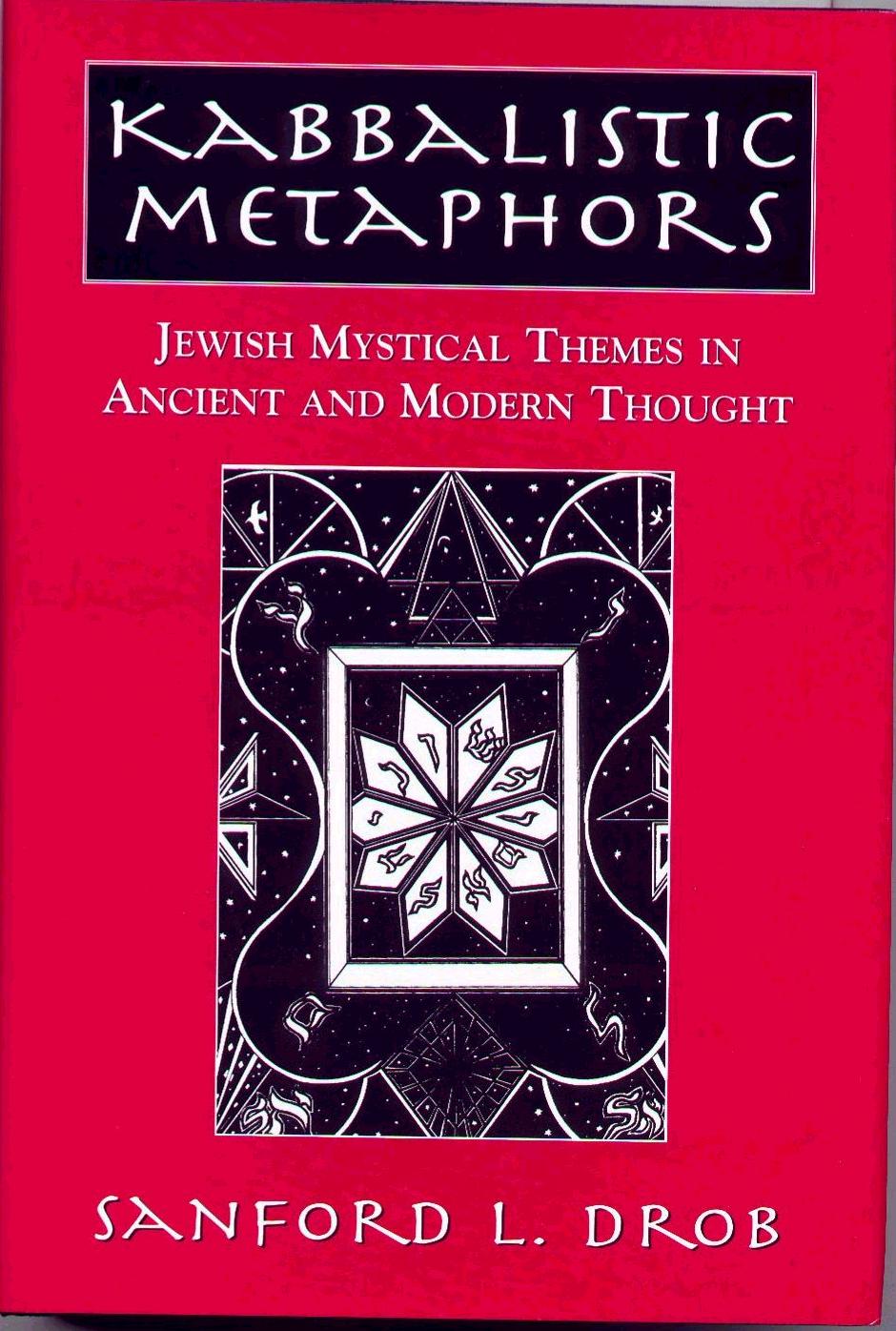Kabbalah and Indian Philosophy Philosophical Perspectives
In their notion of Ein-Sof the Kabbalists developed a concept of an infinite Godhead which in many ways parallels ancient Indian ideas. Both the Kabbalist’s Ein-Sof and the Indian Brahman refer to an underlying reality that is the substance and energy of all life and mind. Like Ein-Sof, the principle called Brahman (or in its creative mode: Atman), is in effect, beyond any God who […]
Read More
